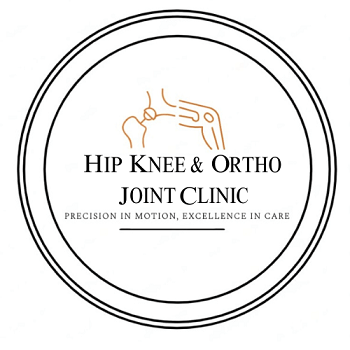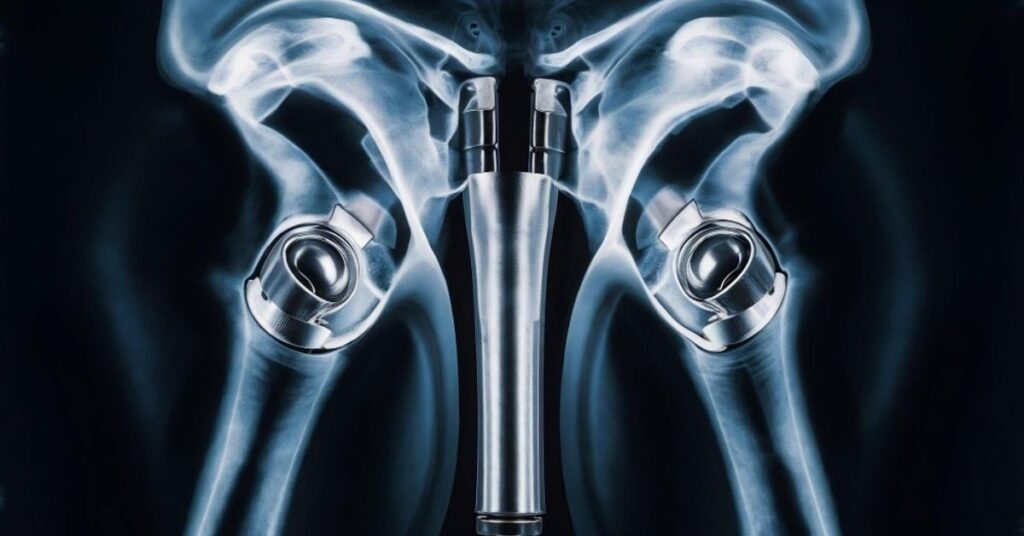In recent years, robotic technology has transformed joint replacement surgery. For patients suffering from severe arthritis, hip degeneration, or knee pain that doesn’t improve with medicines and physiotherapy, robotic joint replacement offers a new level of accuracy, safety, and faster recovery.
At its core, robotic surgery is not about replacing the surgeon with a machine. Instead, it empowers the surgeon with advanced digital tools and precision guidance to perform surgery with greater accuracy.
Frequently Asked Questions
Q.1 What is robotic knee and hip replacement surgery?
Ans. Robotic joint replacement is a modern technique where the surgeon uses advanced robotic assistance to plan and perform the surgery. The robot does not make independent decisions—it works under the surgeon’s control. Using 3D imaging and computer-guided mapping, it allows precise bone preparation, perfect implant placement, and alignment tailored to each patient’s anatomy.
Q.2 What are the differences between robotic surgery and conventional joint replacement?
Ans. Traditional surgery involves the use of experience, vision, and use of manual guides by the surgeons. We obtain, with robotic assistance, the following:
- Pre-surgery planning: 3D model of the joint of the patient is made.
- Precision: The robot guarantees the accuracy of implants within millimeters. Customization: Each cut and angle will be designed depending on the natural orientation of the patient.
- Safety: Cutting will not be carried out beyond safe limits with the help of robotic arms.
It leads to more natural feel of the joint, and longer life of implant and quicker rehabilitation.
Q.3 Is the surgery conducted by robots?
Ans. Absolutely not. The surgeon has absolute control during the procedure. The robot is comparable to a GPS guiding system- it manages and guides, yet it does not work on its own. Imagine that it is an analogous difference between using a map and using live GPS direction.
Q,4 Who qualifies as a patient who is going to have a robotic joint replacement?
Ans. Patients with:
- Knee or hip advanced arthritis.
- Rigid pain in the regular life.
- Aches and a lack of flexibility.
Inability to respond to medicines, injections or physiotherapy may be a candidate of robotic joint replacement.
Q.5 What are the advantages of robotic knee replacement and hip replacement?
Ans. More accuracy in the placement of the implant.
- Minimal tissue damage and smaller incisions.
- Less pain and blood loss following surgery.
- Quickened restoration and recovery.
Movement of natural joints and increase in the longevity of implants.
Q.6 Do we have various forms of robotic approaches?
Ans. Yes. Common methods used in hip replacement are:
- Direct Anterior Approach (DAA) – less invasive, faster recovery.
- Anterolateral Approach- stability and balanced exposure.
- Posterior Approach – popular, with good results in the long run.
In knee replacement, robotic systems are used in total knee replacement surgery by an otrthopedic surgeon in Indore, partial knee replacement surgery, and complex revision surgery.
Q.7 Is robotic joint replacement safe?
Ans. The system is viewed as unbelievably safe since the human element is eliminated as the robotic system does not allow the tools to go out of position. All decisions are still made by the surgeon but the robot is an additional source of accuracy and safety.
Q.8 How do you feel after robotic surgery?
Ans. Majority of patients begin walking less than 24 hours of operations. Due to the accuracy of cuts and insignificant tissue injury, pain tends to be less severe, and the speed of physiotherapy is faster. Depending on the general health of the patients, many recover within 36 weeks and resume their usual routine.
Q.9 Is robotic joint replacement more costly?
Ans. Admittedly, robotic surgery can be slightly more expensive because of the high-level technologies. Nevertheless, against such benefits as decreased complications, faster recovery, and extended implant life it can be a relatively inexpensive long-term investment in the joint health.
Q.10 What is the rationale behind robotic surgery as opposed to traditional techniques?
Since precision is permanence to-day. Robotic precision implants minimize the likelihood of premature wear and loosening, as well as revision surgery. Patients tend to enjoy a natural feel of the joints and enjoy a better life.
Detailed Explanation – What Happens During Robotic Surgery
1. Preoperative Planning:
A 3D scan of your joint is taken. This scan is used to generate a unique surgical plan by the surgeon.
2. Intraoperative Guidance:
The robotic arm helps in making the accurate bone cuts and guarantees the alignment to be the way intended. The system provides real-time feedback to enable the surgeon to make fine-tuning adjustments.
3. Implant Placement:
The artificial joint is placed with precise millimeter accuracy, thus aligning, balancing, and stabilizing it.
4. Post-Surgery:
Due to the reduced tissue handling, patients incur low pain, reduced hospitalization, and faster recovery to normal lives.

